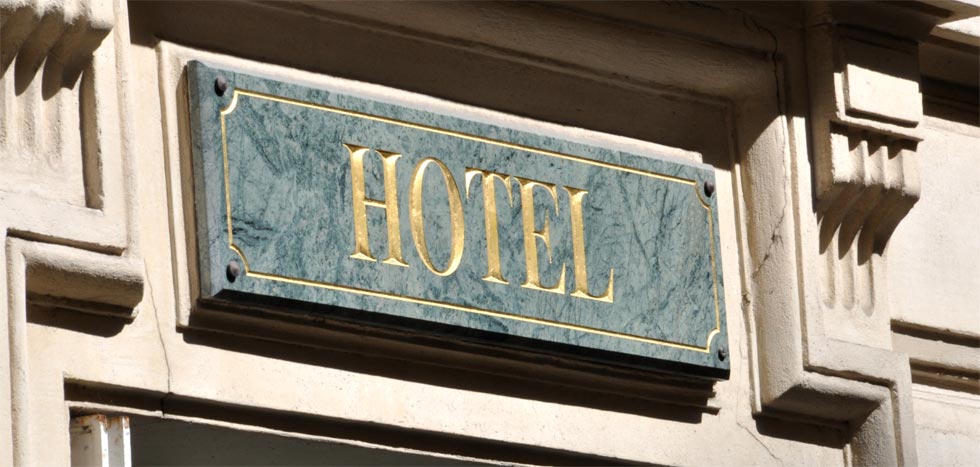 Future business activity in U.S. hotels increased in May according to the latest reading of the Hotels’ future business conditions (HIL) indicator. e?forecasting.com’s HIL, a composite indicator that gauges future monthly overall business conditions in the U.S. hotel industry, went up 0.3% in May to 113.7, after an increase of 0.3% in April. The index is set to equal 100 in 2005.
Future business activity in U.S. hotels increased in May according to the latest reading of the Hotels’ future business conditions (HIL) indicator. e?forecasting.com’s HIL, a composite indicator that gauges future monthly overall business conditions in the U.S. hotel industry, went up 0.3% in May to 113.7, after an increase of 0.3% in April. The index is set to equal 100 in 2005.
HIL’s six-month growth rate, which has historically confirmed the forthcoming turning points in U.S. hotel business activity, posted a positive rate of 2.7% in May, the same rate as in April. This compares to a long-term annual growth rate of 3%, the same as the 30-year average annual growth rate of the industry’s gross domestic product.
The probability of the hotel industry entering into recession in the near-term, which is detected in real-time from HIL with the help of sophisticated statistical techniques, registered 7.4% in May, down from April’s rate of 7.7%. When this recession-warning gauge passes the threshold probability of 50% for a more than three months, the U.S. hotel industry will enter a recession phase in its business cycle.
“While the US hotel industry has not fully recovered from recent weakness, there continues to be a low recession probability, calculated using HIL. Recession risk has remained below 15% since last May,” commented Maria Simos Sogard, CEO of e-forecasting.com.
Four of the forward looking indicators of business activity that comprise Hotel Industry Leading (HIL) Indicator had a positive contribution to its change in May: Foreign Demand; Yield Curve; Housing Activity and Vacation Barometer. Five indicators of future business activity had a negative or zero contribution to HIL’s change in May: Jobs Market; Hotel Worker Hours; Hotel Profitability; New Orders and Oil Prices.
Click here to read more.

